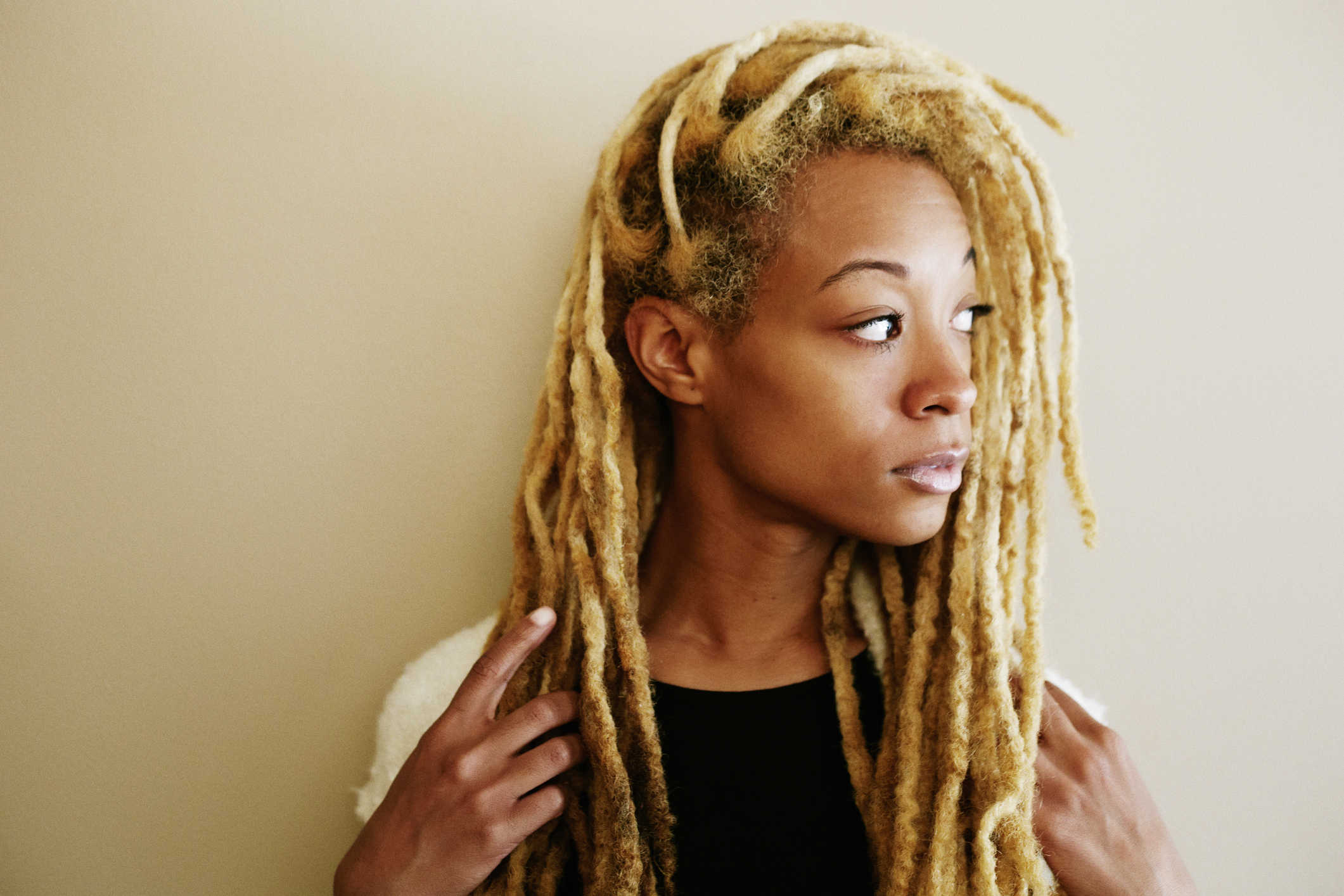For many Black women, wearing locs is not just a hairstyle, but a celebration of her natural beauty and connection to ancestral roots. Locs can symbolize strength, spirituality and community, but their significance doesn’t compromise their aesthetic. There are so many loc styles that are cute, trendy and easy to accessorize.
In recent years, hickory locs have gained popularity as a unique and stylish variation, appealing to those seeking a fresh take on this traditional hairstyle while maintaining its cultural importance. Here’s everything to know about the style and how to execute them.
What Are Hickory Locs?
Hickory locs are a distinctive type of locs characterized by their thicker, coarser appearance, resembling the texture of hickory wood. This style offers a bold aesthetic, often associated with a more pronounced and textured look compared to traditional locs. Hickory locs can be formed using various methods, including twisting, braiding or palm-rolling. It allows for versatility in styling. The trend has resonated with many, as it embodies both a sense of individuality and a nod to cultural heritage.
The Benefits of Hickory Locs
As a protective style, hickory locs help retain moisture, reduce breakage and support hair growth by minimizing daily manipulation. Hickory locs are low-maintenance and versatile, allowing for various styles such as buns, ponytails or free-hanging locs. They also last several weeks with proper care, making them a practical and fashionable choice for anyone seeking long-term styling.
What You’ll Need
- Hairbrush or comb
- Hair ties (preferably small, clear ones)
- Hair gel or edge control (optional for a smoother look)
- A water spray bottle (optional)
Prepping Your Hair
Wash, condition and deep condition your son’s hair. During the conditioning phase, use a brush or comb to detangle his hair, working from the ends to the roots. Starting with clean, damp hair can help with manageability and reduce frizz
Steps
- Section off the hair: Divide the hair into larger sections than you would for traditional locs. Hickory locs typically require fewer sections to achieve their thick appearance.
- Twist or Braid the hair: For each section, you can either twist the hair tightly or braid it. If you choose to twist, use a little bit of styling cream or gel to help hold the shape.
- Palm-Roll the hair: After twisting or braiding, palm-roll the locs between your hands to encourage them to form and tighten.
- Dry the locs: Allow the locs to air dry or use a hooded dryer. This helps set the style and promotes the locking process.
How to Maintain Hickory Locs?
Regular maintenance is key to keeping hickory locs looking their best. Maintaining hickory locs involves gentle care to keep them looking fresh and protect your natural hair. This includes re-twisting new growth and moisturizing the scalp to prevent dryness.
Cleanse your scalp every few weeks to remove buildup. Keep your locs moisturized with a light leave-in conditioner or braid spray, focusing on the scalp and roots. Sleep with a satin or silk scarf or bonnet to prevent frizz and preserve the style. Avoid heavy products that cause buildup or weigh the locs down. Don’t over-style or pull tightly to protect your edges.
Frequently Asked Questions
How can you style hickory locs? Once established, they can be styled in various ways. You can do updos, braids or simply wear them down to showcase their unique texture.
What’s the difference between hickory locs and traditional locs? Hickory locs are a loc style that’s typically thicker more textured than traditional locs. It involves creating larger sections of hair and twisting or braiding them, often with palm-rolling to help them form.
